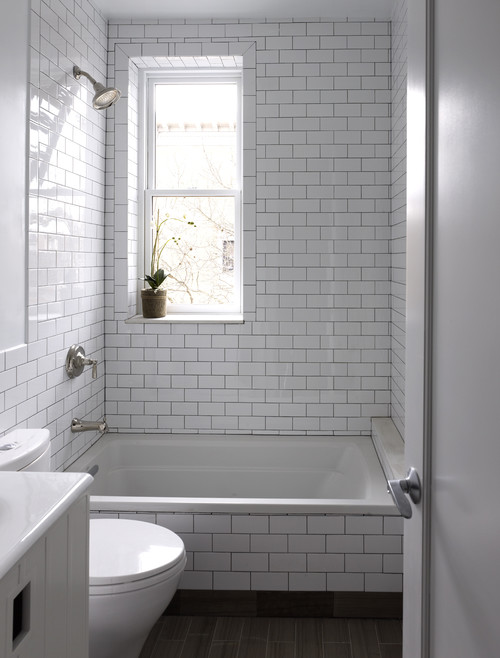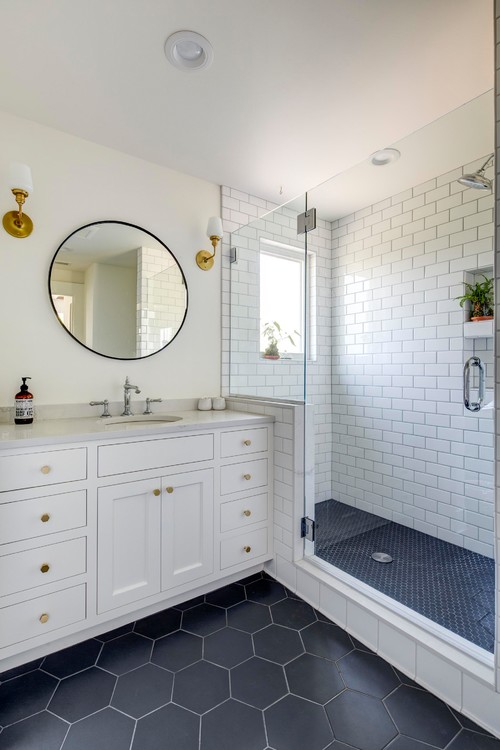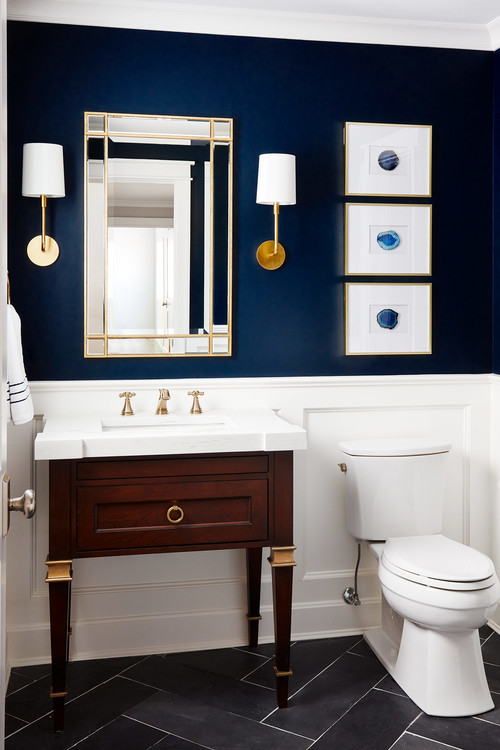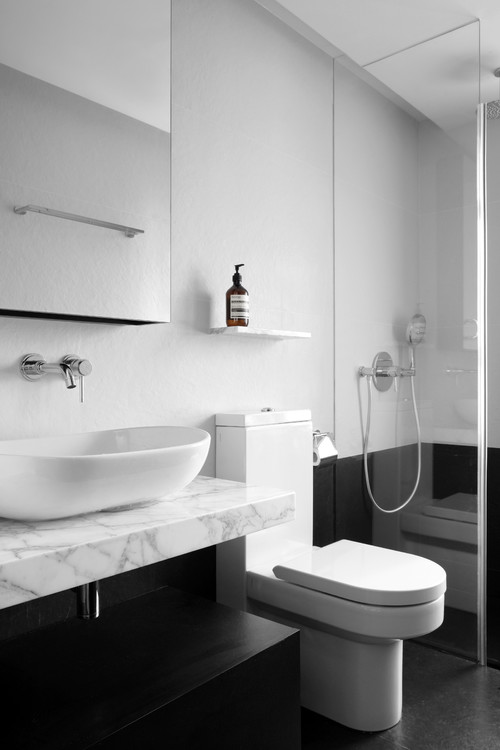Home improvements are—or should be—as much about the future value of your home as they are about improving your quality of life today.
You might think installing a lap pool–size bathtub in your bathroom is a great idea. But before sinking thousands of dollars into any home project, you might want to consider whether that $10,000 will deliver a return on investment, or ROI, when it’s time to sell your home.
ROI, simply put, can be calculated by adding up all of the costs associated with a home project, from materials to labor, and then factoring in the return the investment yields when it’s time to sell your house. You subtract the initial outlay of the investment from the final value.
Upgrades like radiant floor heating and a steam shower will transform your bathroom into a haven of luxury. But if your main goal is to invest in a renovation that’s smart for you and your wallet, you probably want to prioritize other projects.
Which bathroom improvements will deliver the best and worst ROI? Read on.
1. Fixing wear and tear: Good ROI

(Getty Images)
One of the most rewarding ways to improve your bathroom is to repair those little things that show the room’s wear and tear.
“When a buyer is assessing a home, bathrooms are one of the key talking points. If there is cracked tile, moldy caulk, or any visible water damage, this may trigger buyers to think that you’re deferring maintenance issues in general,” says Samantha Black, an interior designer at California’s Freemodel.
In addition to fixing your bathroom’s blemishes, you should consider replacing outdated or worn components.
“This can be as little as replacing or painting the vanity, bringing in new hardware, a new mirror, or updating your paint job,” Black says. “You can also install a new showerhead and toilet, all for as little as $2,000. A general face-lift and update will deliver a tenfold ROI.”
2. Adding a window: Good ROI
One under-the-radar project with excellent ROI is to add a window to the bathroom.
“I’ve found that adding a window delivers incredible ROI,” says Vivian Sahba, founder of the interior design studio Boucle San Francisco. “When we redid our granny flat, the window we added to the bathroom’s exterior wall was small—about 30 by 18 inches—but it transformed the tight dimensions of the space, flooding it with light and a sense of depth that was previously lacking.”
It was, Sahba explains, a part of a broad $40,000 renovation, but she says the window helped “justify a threefold valuation of the home when it came time to sell.”
3. Upgrading the flooring: Good ROI
“Flooring upgrades top the list in terms of ROI,” says Black. “Whether you are replacing tired linoleum or refreshing with a whole new tile scheme, having a clean, new floor in a room where cleanliness really matters is paramount.”
Flooring upgrades in your home can yield over 100% ROI, but be sure to choose your materials wisely to match your market and home. Don’t splurge for a marble mosaic if a more reasonably priced porcelain tile will do the job.
Depending on materials, you can expect to pay between $1.82 and $2.39 per square foot on bathroom flooring.
4. Replacing the vanity top: Good ROI
If your bathroom features a building-grade or decades-old vanity, it’s time to trade up.
“Most standard vanities from big-box stores look great at first, but the cheap laminate wears out quickly,” says Jeff Miller, owner of McHenry Roofing in Baltimore. “A high-ROI project is to swap out a cheap vanity top with a countertop made of high-quality material.”
The cost to replace a vanity top—taking into account materials and labor costs—is about $2,300 on average.
5. Updating the toilet: Good ROI
The first flushing toilet was invented in 1592, and the technology just keeps getting better. These days, if you install a smart toilet, you can reduce your water usage from the fixture by up to 30%. And seeing as the toilet accounts for almost 30% of all water used indoors in an average home, that means a lot less water waste and lighter utility bills, according to the Environmental Protection Agency.
“Investing in a new toilet offers great ROI,” says John Linden, an interior designer from Los Angeles with Mirror Coop. “They’ve come a long way in recent years, with more efficient models that use less water. Replacing an old toilet with a new one can bring in a return of up to 60%.”
6. Adding a whirlpool tub: Bad ROI
Ah, the siren song of the whirlpool tub. Many have heard it and succumbed, but don’t make the same mistake yourself.
“Whirlpool Jacuzzi tubs are expensive and provide one of the worst ROIs for a bathroom upgrade,” says Miller. “These tubs are costly to repair and have finicky components that always seem to give out at just the wrong time. More complexity means a higher potential for leaks and other issues, and this can be a major turnoff for potential homebuyers.
7. Adding luxury upgrades: Bad ROI
Investing in very specific, pricey amenities is typically a risky move if you’re trying to add value—even if they look and sound aspirational.
“Luxury additions almost never add the value you think they will and almost always have a very low ROI,” says Black. “Curbless showers, in-floor heating, steam showers, and even bidet washlets are some of the most frequently installed luxury upgrades I see.”
Generally, Black says, these updates cost several thousand dollars and rarely, if ever, recoup the costs.
“Often, they’re a turnoff for potential buyers,” Black says.
For this and similar articles, please visit Realtor.com






